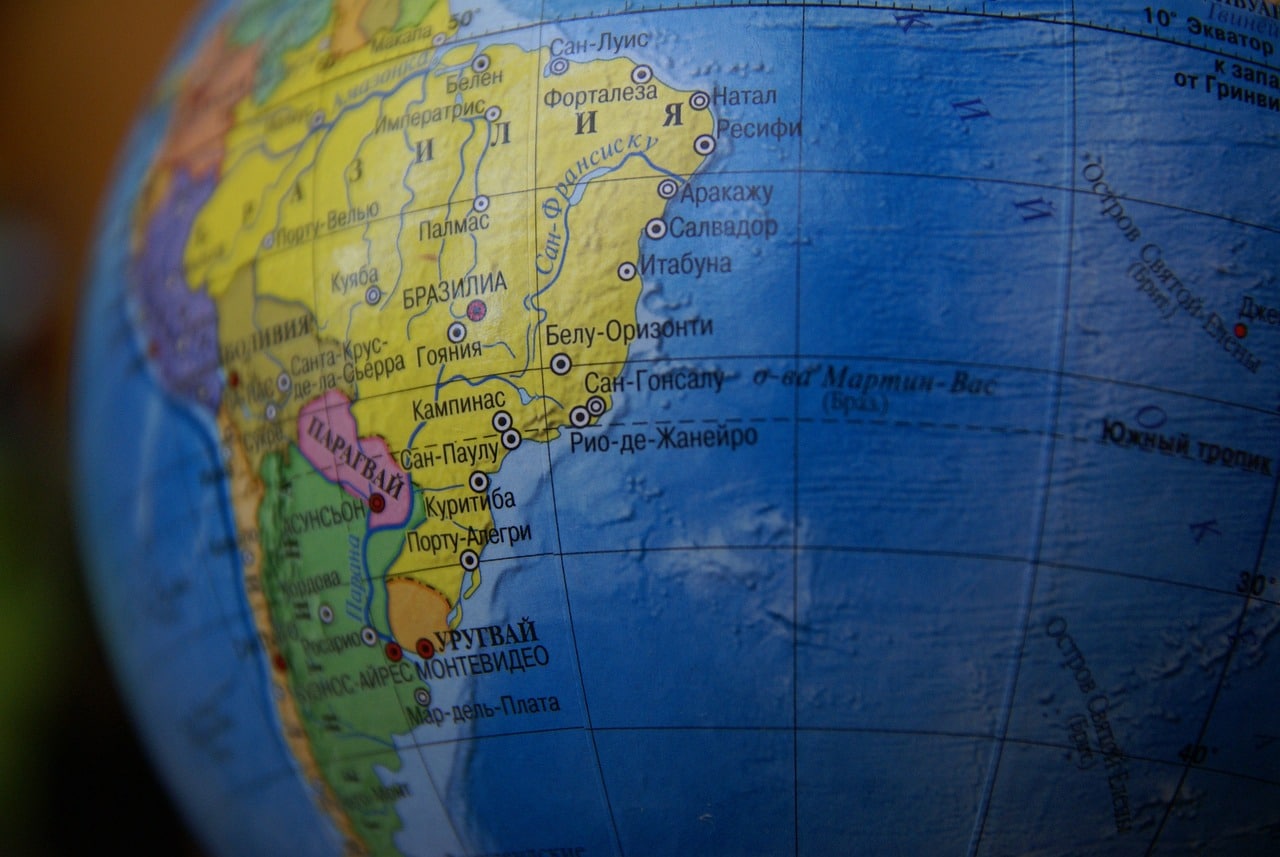
Mercosur is a bloc that brings together South American countries.
Mercosur is the acronym for the Southern Common Market , a supranational entity made up of Argentina , Brazil , Paraguay and Uruguay. Mercosur also has Bolivia , Chile , Colombia , Ecuador and Peru as associated countries, while Venezuela is currently suspended.
This union was established in 1991 after the signing of the Treaty of Asunción , which allowed the free circulation of goods, services and productive factors among its members. Mercosur also established the adoption of a common trade policy, the coordination of sectoral and macroeconomic policies and the establishment of a common external tariff.
Characteristics of Mercosur
The integration between these nations has given rise to other specific agreements within the framework of Mercosur . All the members, plus Bolivia and Chile , make up an area of free residence with the right to work for all its citizens. The only requirement is to prove nationality and not have a criminal record. It should be noted, however, that this facility does not imply free movement, since immigration procedures are still mandatory.
In addition to everything stated above, it is necessary to establish other information of interest about this entity such as, for example, its logo . This is made up of four stars, belonging to the Southern Cross constellation , which are located on a green line and with a curved shape that symbolizes what the horizon is. Likewise, this symbol is completed with the name of Mercosur in capital letters and with a blue background.
Mercosur , on the other hand, has established agreements with other supranational organizations (such as the Andean Community ) and with countries such as Cuba , India , Israel and Mexico .

Mercosur promotes regional integration.
Your organisms
In order to carry out its actions and achieve the objectives and purposes that it has set, Mercosur has a perfectly structured and hierarchical organization chart, in which the following organizations stand out:
- Common Market Council (CMC) , composed not only of a meeting of ministers but also of groups such as the High Level Mercosur Employment Growth Strategy (GANEMPLE).
- Common Market Group (GMC) , whose structure includes both working subgroups and ad hoc groups or specialized meetings.
- Mercosur Trade Commission (CCM) . It is made up of technical committees such as tariffs, customs affairs or trade standards and disciplines. All this without overlooking the defense of competition, public policies, foreign trade statistics or consumer defense.
- Mercosur Parliament (PM) .
- Economic-Social Consultative Forum (FCES) .
- Mercosur Secretariat (SM) .
- Permanent Court of Review of Mercosur (TPR) .
- Administrative-Labor Court of Mercosur (TAL) .
- Mercosur Centers for the Promotion of the Rule of Law (CMPED) .
The objectives of Mercosur
Analysts maintain that, beyond the statuses and philosophy of Mercosur , its objectives have not been fully met.
The liberalization of trade in the bloc, for example, never materialized since each country can put together a list (which is updated every six months) with the products to which the common external tariff will not be applied.
